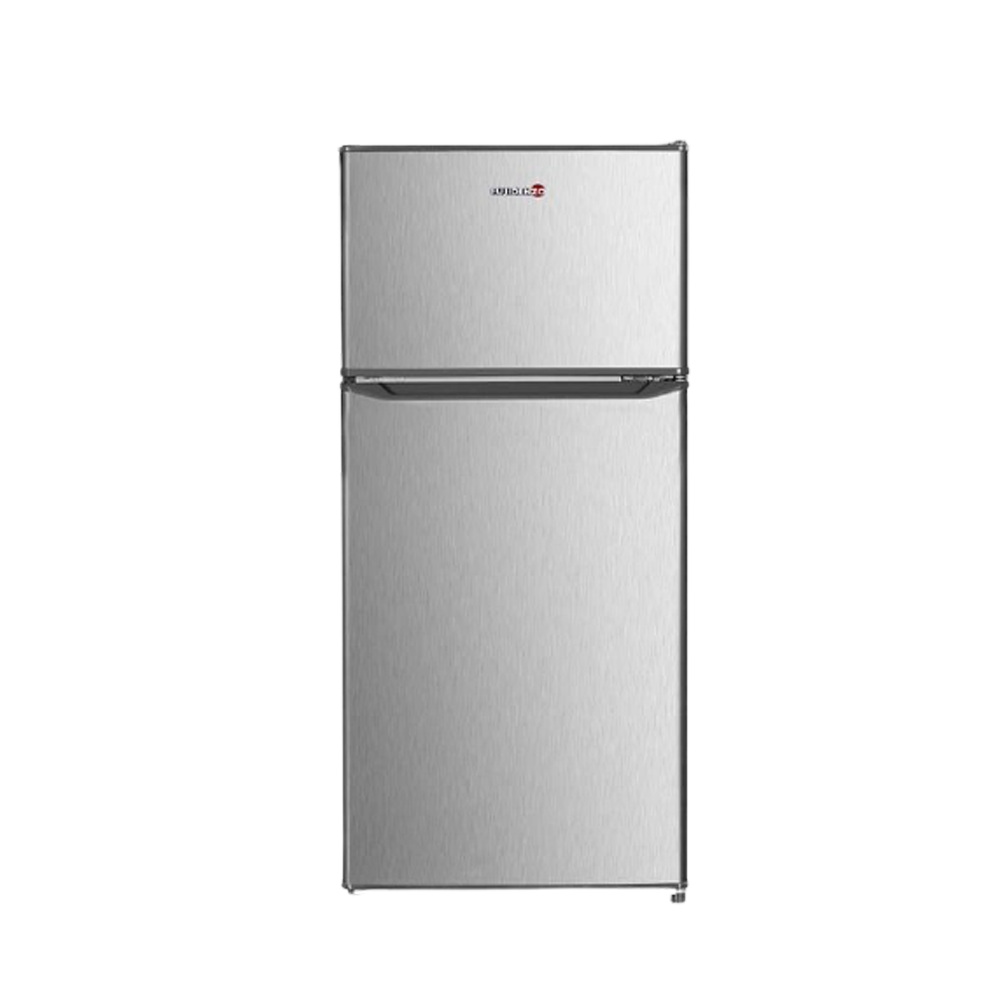As a dedicated blog writer for TheKitchenApplianceDad.com, I’ve come across numerous questions and concerns from homeowners about their kitchen appliances. One recurring topic is the efficiency and functionality of refrigerators. It’s crucial to ensure that your refrigerator is running efficiently not just to keep food fresh but also to manage energy consumption and keep utility bills in check. In this post, we’ll explore various indicators that can help you determine if your refrigerator is in top working condition.
Before diving into the signs of a well-functioning refrigerator, it’s important to understand what efficiency means in this context. An efficient refrigerator operates at the optimal temperature, uses the least amount of energy necessary, and maintains its cooling capacity without overexerting itself.

The ideal temperature for a refrigerator is between 37°F and 40°F. For the freezer, the target is 0°F. If your refrigerator maintains these temperatures consistently, it’s a good sign that it’s functioning properly. You can monitor the temperatures using an appliance thermometer, which is a reliable tool for this purpose.
The compressor of your refrigerator should not be running constantly. It cycles on and off as needed to maintain the internal temperature. If the motor seems to be running continuously, this could indicate an issue such as built-up dirt and dust around the coils, or a problem with the thermostat. Regular maintenance and cleaning can help prevent these issues.
Check the rubber seals (also known as gaskets) around the refrigerator and freezer doors. These seals are crucial for keeping cold air in and warm air out. If you notice any tears, cracks, or other damage, it’s important to replace the seals to maintain the efficiency of your unit. A simple way to test your door seal is by closing the door on a piece of paper; if the paper pulls out easily, your seal might need replacing.
Excessive condensation inside your fridge or frost buildup in your freezer are signs that something is not right. This could be due to poor sealing, overloading, or incorrect temperature settings. Make sure that the refrigerator is not packed too tightly as airflow is crucial to maintain an even temperature throughout.
If your refrigerator is relatively new, it should comply with modern energy efficiency standards. Older models, however, may not be as efficient. Consider checking the energy rating or using an energy monitor to gauge how much power your refrigerator uses. Upgrading to a more energy-efficient model can be a cost-effective move in the long run.
To keep your refrigerator running efficiently, regular maintenance is key. Here are some tips you can follow:
Sometimes, despite your best efforts, your refrigerator might still show signs of inefficiency. This could be due to more complex issues like a failing motor, a problematic thermostat, or other electrical issues. In such cases, it might be time to call a professional technician. They can provide a more in-depth analysis and repair any issues that are beyond basic homeowner maintenance.
Monitoring your refrigerator for these signs of efficiency can help ensure that it operates optimally, keeping your food fresh and your energy bills low. Regular maintenance not only extends the life of your appliance but also prevents unexpected breakdowns and costly repairs.
Remember, a well-maintained refrigerator is key to energy efficiency and prolonged appliance life. Keep these tips from TheKitchenApplianceDad.com in mind to ensure your refrigerator remains in peak condition.

